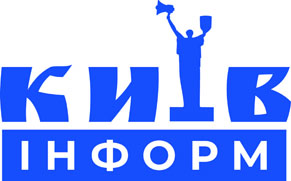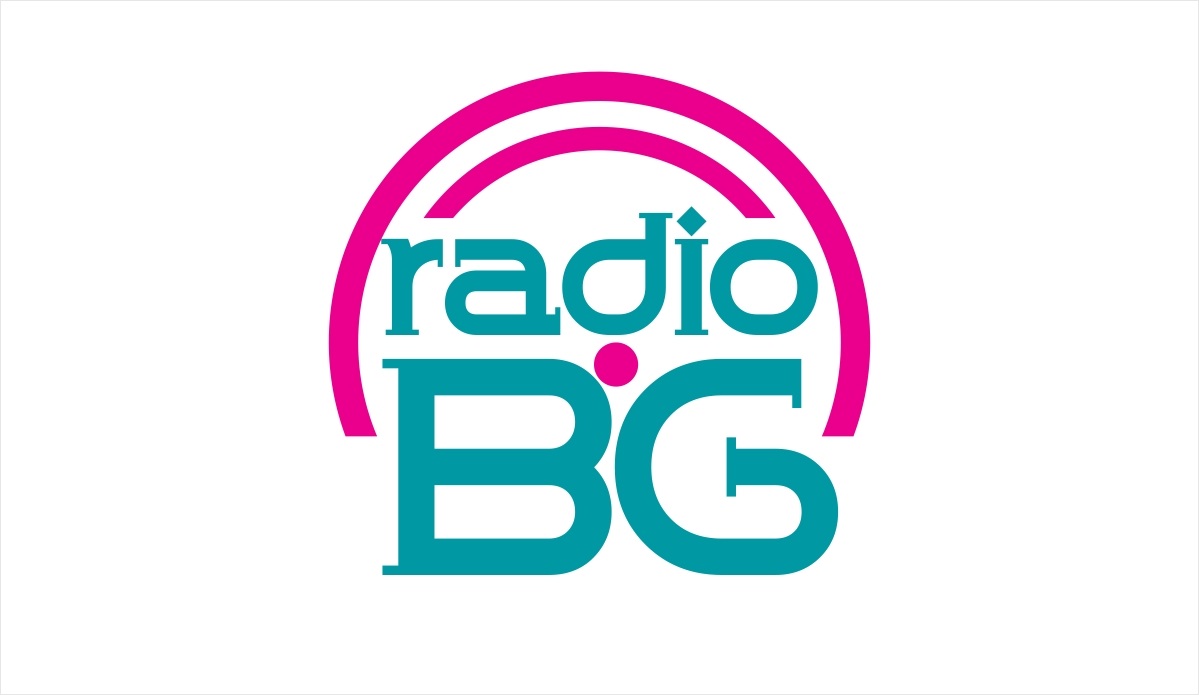
(business review)
Strengths
Casio, the Japanese multinational electronics company, has been a cornerstone in the electronics industry since its inception in 1946. Known primarily for its watches, calculators, and electronic musical instruments, Casio has carved out a significant niche with its commitment to innovation, quality, and affordability.
- Innovation and Technology:
Casio’s reputation for innovation is unparalleled. The company revolutionized the watch industry with its G-Shock series, introduced in 1983. These watches are renowned for their durability, resistance to mechanical stress, and long battery life. The G-Shock’s success lies in its unique design and the integration of advanced technology, such as solar power, atomic timekeeping, and Bluetooth connectivity, which keeps the brand at the forefront of the industry.
- Affordability:
Casio has maintained a competitive edge by offering products that combine quality and affordability. Their pricing strategy has made advanced technology accessible to a broader audience. For instance, Casio’s range of calculators is ubiquitous in schools and offices worldwide, thanks to their reliability and cost-effectiveness.
- Diversified Product Range:
Casio’s diverse product portfolio is another significant strength. Beyond watches and calculators, Casio has made significant strides in the electronic musical instrument market, with their keyboards and synthesizers being highly regarded among musicians. This diversification helps mitigate risks associated with market fluctuations in any single category.
- Brand Loyalty:
The brand enjoys strong loyalty, particularly among enthusiasts of the G-Shock and Baby-G lines. These products have cultivated a dedicated fan base that appreciates the rugged design and innovative features. Casio’s ability to create a community around its products enhances its brand equity and ensures a steady stream of repeat customers.
Weaknesses
Despite its many strengths, Casio faces several challenges that could hinder its growth and market position.
- Perception of Brand as Budget-Friendly:
While affordability is a strength, it can also be a double-edged sword. Casio is often perceived as a budget-friendly brand, which can be a disadvantage in the luxury watch market. This perception limits Casio’s ability to compete with high-end watchmakers who command higher prices and brand prestige.
- Dependence on Traditional Products:
Casio’s heavy reliance on its traditional product lines, such as watches and calculators, poses a risk in an era of rapid technological change. The market for standalone calculators is shrinking due to the proliferation of smartphones and multifunctional devices. Similarly, while the G-Shock series remains popular, the broader watch market faces stiff competition from smartwatches.
- Limited Marketing Presence:
Casio’s marketing efforts are relatively modest compared to some of its competitors. Brands like Apple and Samsung invest heavily in marketing and brand positioning, which keeps them top of mind for consumers. Casio’s more understated approach may not be sufficient in an increasingly crowded marketplace.
- Challenges in Innovation:
While Casio has a history of innovation, maintaining this trajectory in the face of fierce competition is challenging. Competitors continuously push the envelope in terms of technology and design, and Casio must keep up to retain its competitive edge. The rapid pace of technological advancement means that yesterday’s innovations can quickly become today’s standard features.
In conclusion, Casio remains a strong player in the electronics market, with a legacy of innovation and a reputation for reliability and affordability. However, the brand must address its perception as a budget option and continue to innovate to stay relevant in an increasingly competitive and technology-driven market. By leveraging its strengths and addressing its weaknesses, Casio can continue to thrive and maintain its position as a beloved and trusted brand worldwide.


























































Залишити відповідь